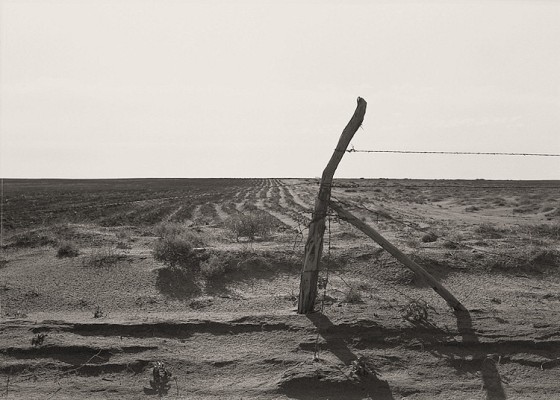Two potential layouts for my final photo project, which we are supposed to design a magazine layout for.
One of the assignments for the photo class was to do an intervention – to interrupt the lives of people around you in a good and/or educational way.
When I’m not in class, I’m usually at the library, and, much like any other student, I find it terrifyingly easy to eat a lot of junk food when I study, because it’s so cheap and tasty.
Keeping in line with my work with the John Givens farm, I decided to hand out carrots to students hard at work studying for midterms and have my friend document it.
A carrot assembled with a note telling recipients about the benefits of eating carrots.
This girl was really excited about her snack.
Guy on the right: “Wait, is this real?”
The carrots were free but if I had paid for them, the look on the face of the girl on the left when she realized she was holding a free carrot would have been worth every penny.

One of the best things about the internet is how it’s made sharing what we see easier than ever. Comm. Hadfield, onboard the International Space Station, regularly tweets and posts to Tumblr photos from his orbits around the earth. Usually they’re photos of cities and landmasses, but occasionally he posts photos of farms. The video below is a compilation of some of those photos. The geometric patterns of farmland has always been one of the most beautiful things to me – an example of the inherently natural beauty of man-made nature – and these images are breathtaking.
You can’t photograph farms or rural areas without knowing the work of Dorothea Lange, one of the most famous photographers of the 20th century. She captured the farm workers of the Great Depression with such gravitas and authenticity that her images are still used to illustrate the desperation of the depression.
Mother of seven children, photographed by Dorothea Lange, perhaps the most famous image of the Great Depression.
When I’m not photographing farms, I’m working on a thesis through the feminist studies department on rural woman. This image, as well as many others from Lange’s gallery, have helped to illustrate the way that rural women – women who participate in farm labor as a way to earn money and keep their families alive and fed – in a way that the few oral histories cannot.

Dust Bowl, north of Dalhart, Texas, photographed by Dorothea Lange
More of Lange’s work can be found here, and here, and a wikipedia entry about her life can be found here.
The John Givens Farm – where I’ve been shooting for the past few weeks – is the focus of my project of the story behind a CSA box. Below are a few photos that I’ve already taken of people doing anything from washing vegetables to put in the boxes, to assembling the boxes, to picking them up.
 Eric, on the left, and his father Jesus, on the right, wash carrots that will later be put into CSA boxes.
Eric, on the left, and his father Jesus, on the right, wash carrots that will later be put into CSA boxes.
 Carolyn Givens, daughter-in-law of John Givens, and her assistant Katie assemble about 100 boxes every Wednesday morning that are then picked up by subscribers or delivered for a small fee.
Carolyn Givens, daughter-in-law of John Givens, and her assistant Katie assemble about 100 boxes every Wednesday morning that are then picked up by subscribers or delivered for a small fee.
The two children of one subscriber wait for their Mom on the loading dock, where vegetables are packaged for other deliveries.
Rural life, rural people, rural culture, it all fascinates me. As the daughter of a farmer living in a town of 6,000 people where the economy was based on agriculture, I grew up right in the middle of rural. I have always been amazed at the resilience and “go with the flow” attitude of the people there, many of whom base their livelihoods on the success of factors they cannot control, who make a living off the hopeless faith that Mother Nature will be consistent.
A few years ago LUCEO, a group of photographers, creators, and problem solvers put out an amazing photo portfolio and short documentary titled Few and Far Between, which was started to document people who live outside the “metropolitan mainstream,” and contains about 40 images and one roughy 9 minute documentary that act as snapshots of rural life.
They also have a very good set of images that depict gun culture in the U.S. that focuses on guns in rural areas.